I have a Word File look like this:

You don't need to understand the content, just take a look to my placeholders <env> and <applikationsabkürzung>. There are 10 pages with these placeholders and now I should replace them with other content. The black and yellow box are company pictures which I won't share.
Now I started to read the whole docx4j doc and generate after some time the following code:
public void manipulateWord(String path, String env, String appl) {
try {
WordprocessingMLPackage wpml = WordprocessingMLPackage.load(new File(path));
MainDocumentPart mdp = wpml.getMainDocumentPart();
List<Object> content = mdp.getContent();
// Include all Strings to replace
HashMap<String, String> mappings = new HashMap<String, String>();
mappings.put("<env>", env);
mappings.put("<applikationsabkürzung>", appl);
for (Object object : content) {
Text textElement = (Text) object;
String textToReplace = textElement.getValue();
if (mappings.keySet().contains(textToReplace)) {
textElement.setValue(mappings.get(textToReplace));
}
}
wpml.save(new File("C:\\Users\\kristina\\Desktop\\outputfile.docx"));
} catch (Docx4JException e) {
LOG.error(e);
}
Some explanaition:
String pathis the path of the file in the picture aboveString envis the value which should replace<env>String applis the value which should replace<applikationsabkürzung>
But when I run the method, nothing happen, my console just print just some infos. If they're important, i'll edit the post, but i don't think so.
So where is my fault? Would it work like that? I'm shortly before to despair...